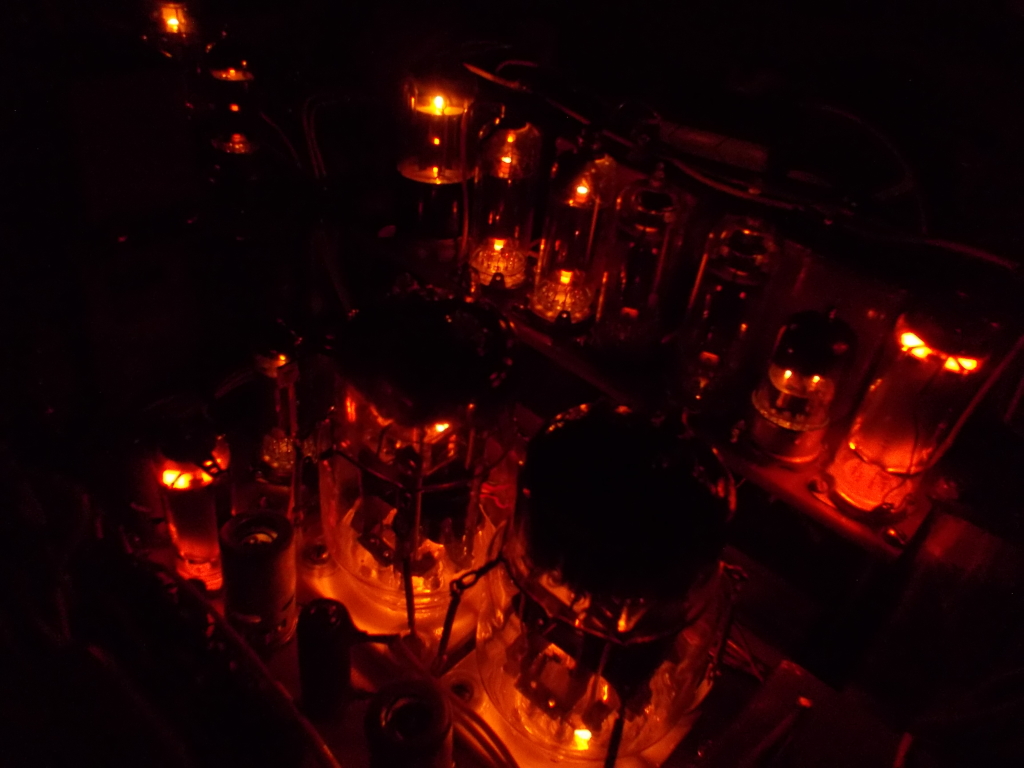Feed SparkFun Electronics [copy] http://www.sparkfun.com/feeds/news has loading error: cURL error 22: The requested URL returned error: 405
Feed The RFID Weblog [copy] http://www.rfid-weblog.com/index.rss has loading error: cURL error 22: The requested URL returned error: 404 Not Found
Feed tqfp.org [copy] http://tqfp.org/rss/ has loading error: A feed could not be found at `http://tqfp.org/rss/`; the status code is `200` and content-type is `text/html; charset=utf-8`
Вам подороже или побольше? Мониторинг воздуха: от элитных приборов до потребительских датчиков

Эта статья должна была быть о нашем исследовании данных между датчиком Nebo и эталонными датчиками мониторинга воздуха, проведённом при помощи доктора технических наук Ахим Диттлер. Однако ...
Читать далееCynthion is at Mouser
Note: This is a crosspost of a Cynthion update on Crowd Supply: https://www.crowdsupply.com/great-scott-gadgets/cynthion/updates/cynthion-is-at-mouser
An 885 lb / 401.43 kg shipment of thousands of Cynthions has been received by Mouser (who will fulfill Cynthion orders for Crowd Supply)! We expect the Cynthions to start shipping to backers around the 5th of July. You will receive a notice when your Cynthion has shipped.
While you wait for your shipping notice and for your device to arrive, take a moment to read the Cynthion documentation. Cynthion does not ship with USB cables, so take a look at the connection diagrams in this documentation for different...
Fritzing 1.0.3 released
Fritzing 1.0.3 is a maintenance release. It has been tested on Windows 10, Windows 11, macOS Ventura, macOS Monterey, Ubuntu 20.04, Ubuntu 22.04, and Ubuntu 24.04. It is designed to work on all Linux variants with glibc >= 2.31 (64-bit Intel/AMD). Changes since 1.0.2. Subparts A number of issues with schematic multiparts have been fixed. Basic operations like Undo/Redo on multiparts and their subparts were lacking and are now complete. Subparts can be used to clean up the schematic view. This example shows a 4001 Logic IC. The gates can be freely arranged to gain a much cleaner and more...
Cynthion Shipping Soon!

Note: This is a crosspost of a Cynthion update on Crowd Supply: https://www.crowdsupply.com/great-scott-gadgets/cynthion/updates/cynthion-shipping-soon
The first few Cynthions have come off of the manufacturing line! Once the first full batch of Cynthions is completed we will send them to Mouser who will ship them to you, our backers. Shipping will happen soon, so please make sure your address on Crowd Supply is up-to-date. If you need assistance with an address change please contact Crowd Supply. We will post another update once the first orders leave the Mouser warehouse. Until then, please enjoy these photos from our contract manufacturer.
Batch of Cynthions...
Запускаем .NET на RISC-V и разрабатываем IoT приложение для Sipeed Lichee RV

До недавнего времени разрабатывать IoT приложения на C# можно было только для компьютеров построенных на архитектуре ARM или x86. Поддержка RISC-V процессоров для платформы .NET уже давно в стадии разработки. В начале этого года был представлен не официальный .NET 8.0 SDK, который уже сейчас вы сможете запустить на RISC-V процессоре под ОС Debian/Ubuntu. В качестве платформы запуска возьмем одноплатный компьютер Sipeed Lichee RV на RISC-V процессоре Allwinner D1 (ядро Alibaba/T-Head Xuantie C906 RISC-V). В первой части поста рассмотрим установку .NET 8.0 SDK на Sipeed Lichee RV. Во второй, запустим приложение для работы с контактами GPIO и датчиком BME280 для замера...
How an image led to an album
Curiosity takes you to new places. I arrived in such a place after contemplating what a highly complex polyrhythm might look like.
The post How an image led to an album appeared first on Music Hackspace.
Чем мы дышим? Почему я бы не доверял Яндекс.Погоде, Google и IQAir

Давайте поговорим о воздухе в Хабаровске. Сейчас там серьезная проблема: город занесло дымом от лесных пожаров. Но интересно, какая у нас информация о качестве воздуха?
Читать далееFree Stuff - December 2023
The December 2023 recipient for the Great Scott Gadgets Free Stuff Program is a STEM Camp where students will have the opportunity to use the requested HackRF One to do a Quantum Physics experiment with laser light and modulated RF. We are excited to see how the experiment goes and to see pictures from the camp!
Ламповый лабораторный источник питания для ламповых устройств

Лабораторный источник питания – практически незаменимый прибор в хозяйстве любого человека, увлекающегося самодельными электронными устройствами. Существует широчайшее разнообразие источников с самыми различными выходными параметрами, но заложенная идея обыкновенно одна – это блок питания, который обеспечивает гальваническую развязку от сети и имеет регулировку выходного напряжения, которая обеспечивается встроенным стабилизатором. Очень часто такие источники питания могут работать ещё и в режиме стабилизации выходного тока. Поскольку я плотно занимаюсь ламповой электроникой, то мои требования к такому прибору несколько специфические, поэтому готовые решения не смогли их удовлетворить. Оставался один вариант – сделать такой прибор самому, о чем и пойдет речь в данной статье.
Читать...
An interview with Interaction Designer Arthur Carabott Part II
Part II of an interview with Interaction Designer Arthur Carabott who worked on the Beatbox Pavilion for the 2012 London Olympic Games.
The post An interview with Interaction Designer Arthur Carabott Part II appeared first on Music Hackspace.